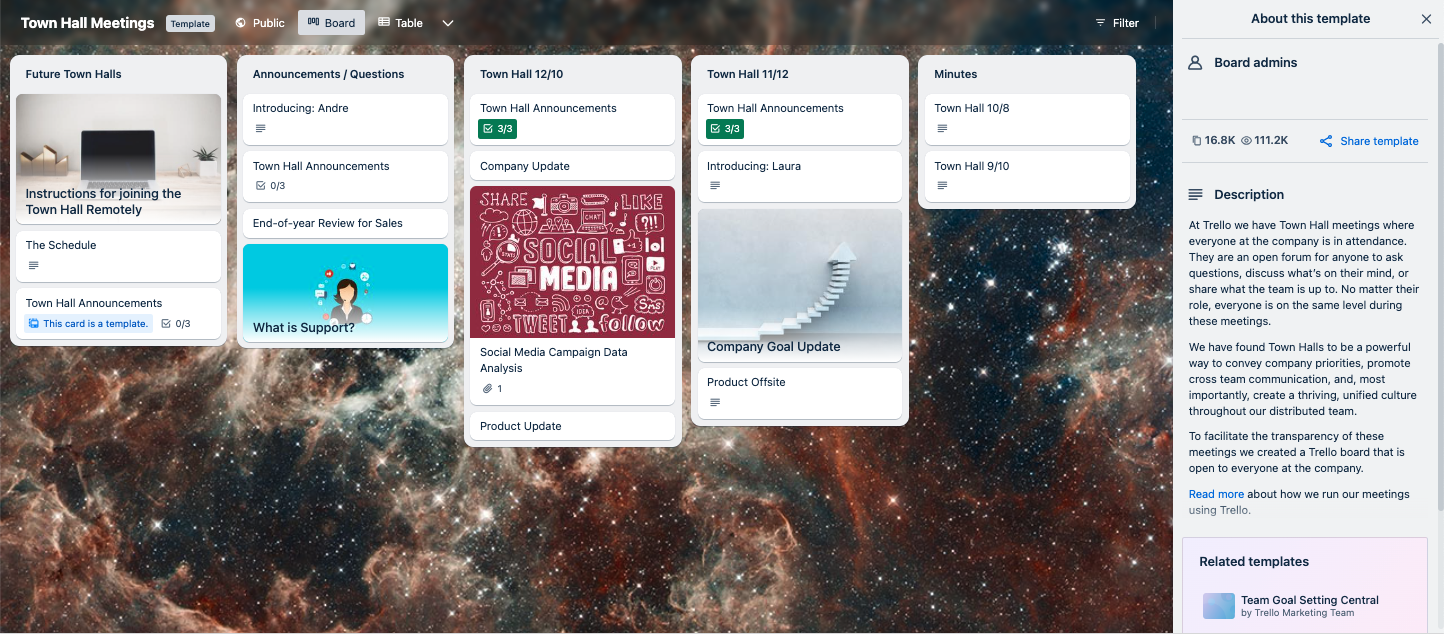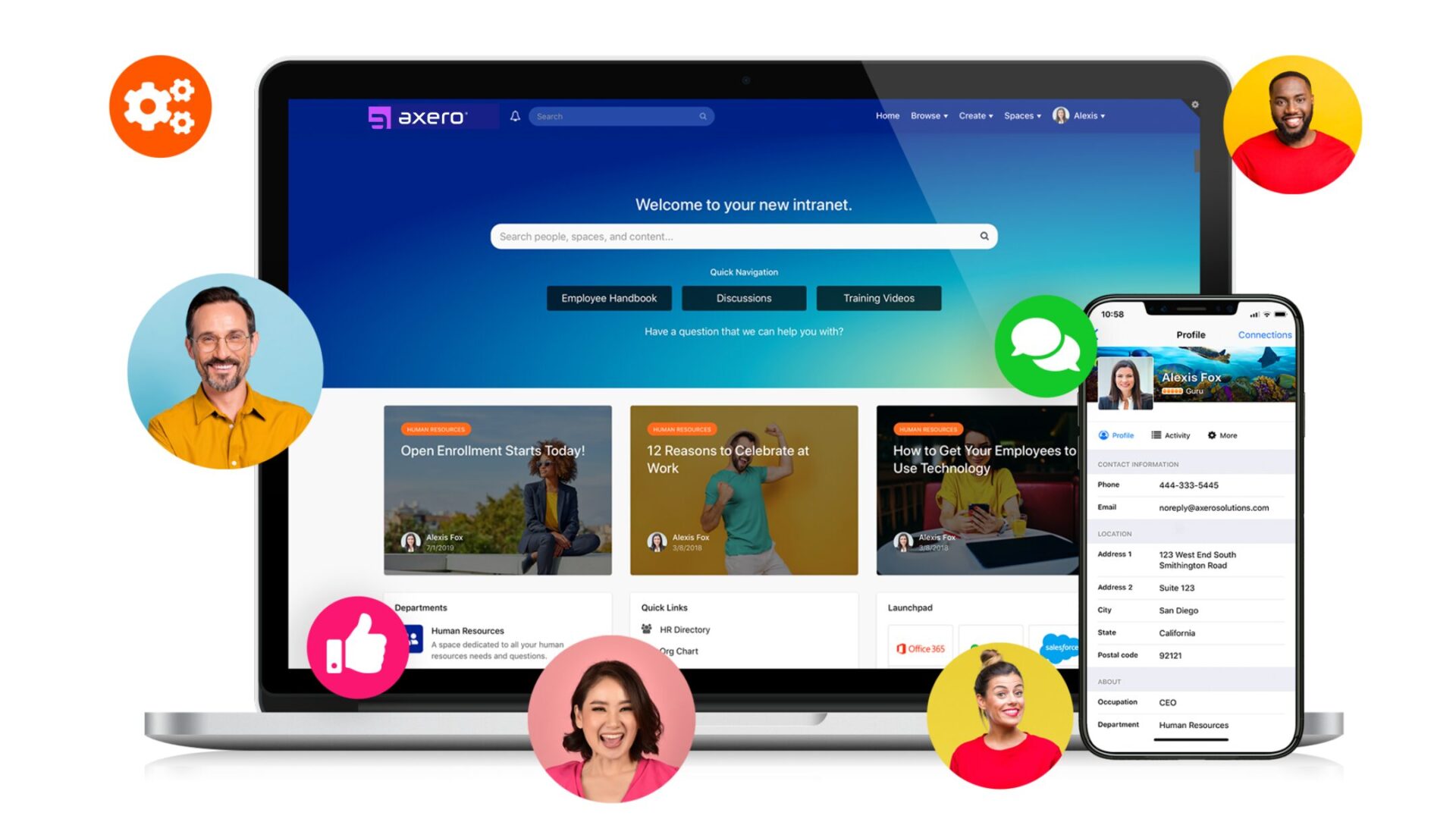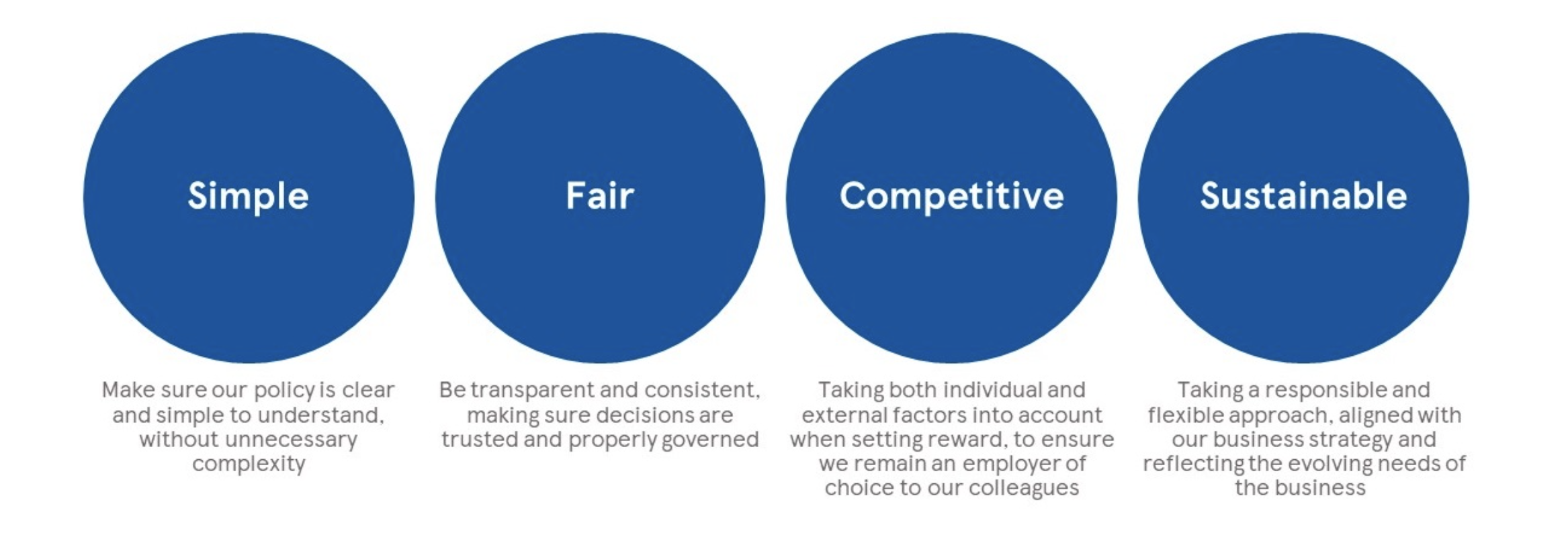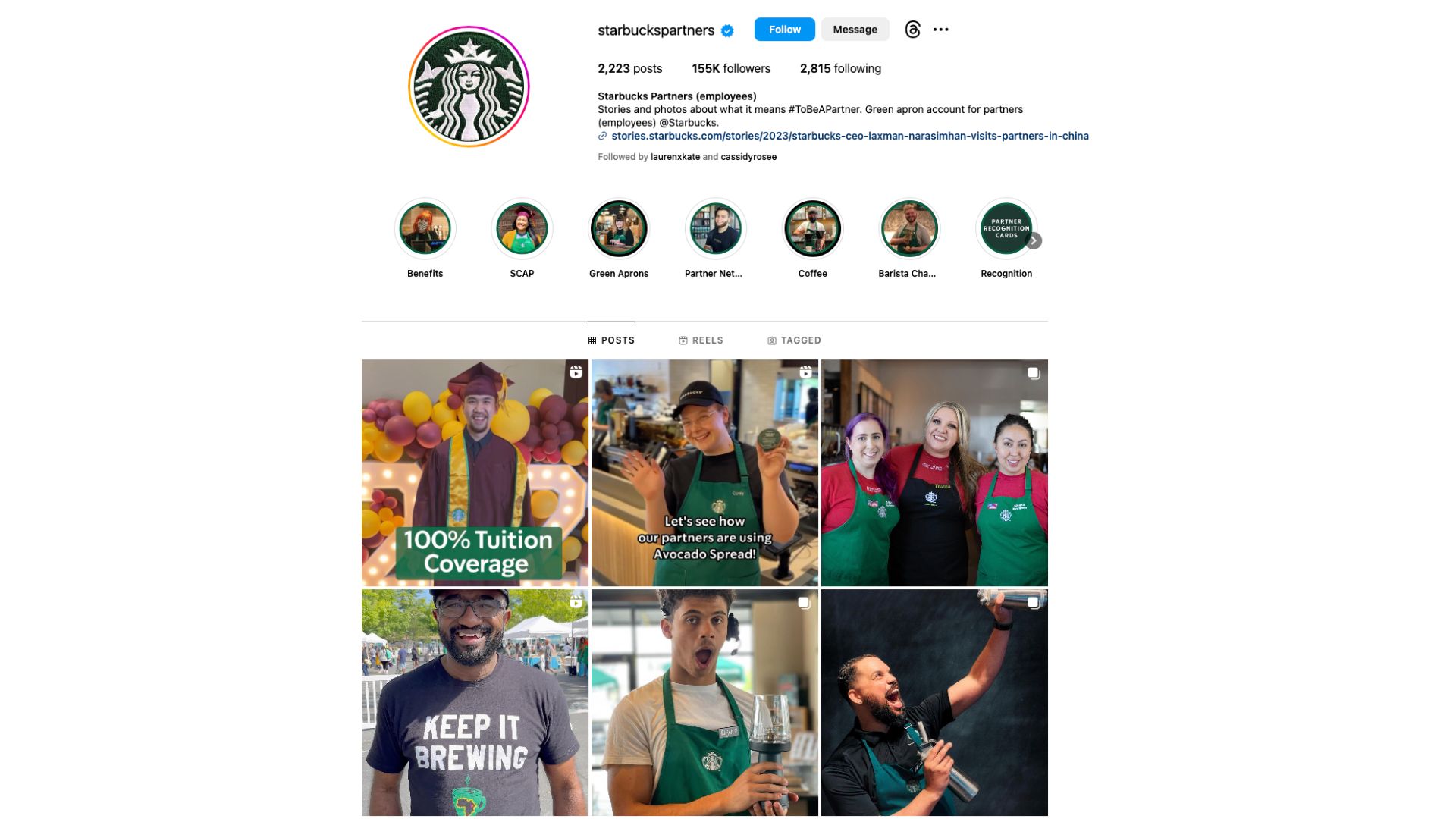Companies can spend a lot of time talking about their internal communications strategies. Part of the reason behind this is that there is no set formula for internal communications. Company newsletters + weekly meetings won’t always = a formula for success.
Another reason why good companies are so laser-focused on internal communications and revisiting the strategies repeatedly is that they actually care about their employees. They want to engage them and make them feel excited about changes to the company.
Companies want employees to receive the same message and feel empowered to succeed. However, according to research from Gallup, 15% of employees worldwide are currently actively disengaged from their company’s mission. This can lead to a decrease in their overall well-being, higher levels of stress, and greater dissatisfaction with their work. Though those numbers might feel insignificant, they represent a disruption in organizational communication.
No matter how big or small your company is, finding the right internal communication method can be challenging. If that sounds like something you are tackling right now, here are 10 cases of internal communications examples that you can learn from and implement across your company.
What is internal communication?
Speaking broadly, internal communication is how an organization shares information within itself, between colleagues, departments, and locations.
When thinking of your own company’s internal communication, think about your current job and ask yourself: “If my company was going to open a brand new department, how would I find out?”
Do you have a regular company newsletter? Would your boss sit your team down and tell everyone? Perhaps you are the boss, but rather than sit the team down, you send an email to let your employees know. Internal communication examples are everywhere, and none of these methods is wrong!
The key to good internal communications is finding the best strategy for your organization.
This is not to be confused with ‘internal communications’
If internal communication is how an organization shares information, internal communications are the tactics organizations use to share information. Many different types of internal communication tactics inform an effective internal communications strategy.
As organizations digitalize their infrastructures, they find new ways to communicate internally. Some common examples you might be familiar with are:
- Email newsletters: Updates on company news, achievements, and upcoming events, written by employees for employees.

- Intranet portals: A centralized destination where employees can access resources, documents, and announcements that help streamline communication.
- Town hall meetings: Senior leadership addresses the entire workforce, shares strategic plans, and answers questions from employees.
- Instant messaging platforms: Tools like Slack or Microsoft Teams allow for quick and informal communication among employees and teams, regardless of whether they are in the office or working remotely.
- Employee surveys: Gathering feedback from employees can help organizations gauge employee satisfaction, identify areas for improvement, and address concerns.
This is obviously not an exhaustive list, so your company may have even more tactics in use for its internal communication. Most companies use one or a combination of these tactics to achieve effective internal communication.
Why is internal communication important?
Many organizations now recognize the significance of investing substantial effort in internal communication initiatives. Implementing a new internal communication plan may seem daunting initially, but the benefits outweigh the challenges.
While quantifying the exact return on investment (ROI) for improved internal communications can be difficult, the costs associated with employee turnover are evident. Recruiting and training new employees can be as demanding as covering their salaries. Studies have indicated that replacing an employee in the same role can be up to 3x more expensive, especially for companies operating in certain industries. Therefore, effective internal communication is a proactive measure to retain talents and mitigate unnecessary expenses related to turnover.
Why is internal comms so challenging to get right?

One of the biggest challenges that most companies face, if not all (at some point), is that there is no clear plan of how to do it.
A Gallagher study shows that 60% of companies do not have a long-term internal communication strategy or vision. Although an internal communications strategy might seem simple on the surface, implementing it organization-wide can be challenging as different employees will prefer to communicate or be communicated to in different ways.
For example, employees who lack the digital literacy to use digital technology efficiently may struggle to use digital internal comms channels. This might sound wild, as today’s workplaces are mostly digital-driven, but research shows that 1 in 3 Americans lack the basic skills needed to engage successfully in the modern economy.
Another case would be neurodivergent employees, such as people with dyslexia, who might have a preference for communicating digitally due to the ways they can adjust their screen settings or take their time to read the information at their own pace.
As an organization, you must consider how to communicate the same piece of information effectively to different types of employees and their preferences.
How does internal communication have an effect on company culture?
A Harvard Business Review report has highlighted how communication can provide a clear window into a company culture. By reviewing employees’ language and methods of communication, researchers could tell the consistency of an organization’s cultural values. Not only can good internal communication boost employee engagement, but it can also set the standards for employee communications and give examples of how people within the organization should act.
Internal communication can make it easier for organizations to share their values and engage employees with their cultural values. For example, companies with a monthly newsletter can increase employee engagement by highlighting an employee or department who, for example, has gone “above and beyond” that month, which, in turn, shows the organization’s values in action.
10 Effective Internal Communication Examples
Good internal communication helps a company grow. Let these organizations be a source of inspiration when it comes to creating great internal communication of your own!
1. Host regular team meetings: Google

Scheduled team meetings to discuss progress, goals, and concerns. Regular team meetings can happen weekly, bi-weekly or monthly; consistency is key. As companies offer remote working options, a lot of meetings are happening on digital platforms like Zoom or Microsoft Teams, where it can be challenging to get everyone to participate. Incorporating engaging activities, such as fun Zoom icebreakers, can help increase participation.
Google CEO Sundar Pichai introduced the company’s TGIF meetings. These all-hands meetings invite all of Google’s employees (yes, all of them!) and give them a chance to interact with top management and potentially ask questions. Changes to an AI-powered system are proving unpopular, but the egalitarian concept at the heart of the meetings shows how valuable getting together with everyone can be.
2. Employee newsletters: Zappos
Publish regular newsletters that highlight company updates, achievements, and upcoming company events. Zappos has taken their employee newsletter to the extreme and started an internal blog. This means that all the information that usually appears in a newsletter (and gets lost in their inbox) can be archived in an easy-to-access place. It also gives a voice to employees and lets them engage in discussions and talk about the issues that matter to them.
Axero’s intranet platform has all the tools and advanced features you need to reach your employees with impactful content. From articles and news to blogs and company-wide announcements, everyone can create, manage, and publish many different content types without the need for IT.
3. Town hall meetings: Trello

Large-scale gatherings are excellent methods of sharing company information with a large group of employees at once. These are traditionally done in person; however, Trello implemented a ‘remote-first’ policy for their town hall meetings. As half of their employees work from their New York HQ and the other half work remotely, all of their town hall meetings are held over Zoom, meaning every employee has the same opportunity to attend town halls from anywhere.
4. Company intranet: Axero

Sometimes a company’s greatest tool is its own intranet, which we happen to know a thing or two (or 37) about. Intranets can be an integral part of an internal communication strategy. A good company intranet will give employees access to resources to help them succeed at the job.
Axero’s intranet can be utilized and leveraged for many purposes, from internal communications and knowledge management to team collaboration and workplace culture. Axero makes it easier than ever to launch modern, mobile-friendly intranets, company knowledge centers, and enterprise portals that connect employees across departments in one integrated platform.
5. Chat and collaboration tools: Slack
80% of Fortune 100 companies use Slack as their digital HQ. And it’s not just Slack; with the increase in digital working, many companies are using tools to collaborate and informally chat with colleagues. These channels highlight ways that internal comms can be great for employees, not just the company as a whole.
Platforms like Slack allow adaptable ways for employees to instantly message and collaborate on projects as though they were in the same physical office space. Both Slack and Microsoft Teams allow messaging channels to be created for different project groups to keep everyone on the same page.
6. Open-door policies: IMB
IBM, which stands for International Business Machines Corporation, is one of the world’s leading technology companies with a long history and a prominent presence in various sectors.
For years, they have operated with an open-door policy where employees can talk about any concerns or ideas with upper management. This is a great way to dispel any perceived boundaries that employees might have with managers or leaders due to the hierarchy in work.
7. Employee surveys: Tesco

Collecting feedback from employees to gauge satisfaction and identify areas for improvement. Employee surveys can be sent around to all employees, allowing them to give anonymous feedback, which can be used to make changes.
British supermarket giant Tesco has implemented the Every Voice Matters survey as part of their end-of-year practices. The results from this survey are shared with all colleagues. Successes are then celebrated, and any challenges are turned into goals for the next year to improve performance.
8. Internal podcasts: GovComms
A podcast series is one way to provide exclusive content to your employees. The audience (your employees) can listen to the podcast through a dedicated app or on the company intranet. While traditional methods like town halls and departmental meetings are useful for sharing important updates, they require individuals to take time out of their day to be present. This can be challenging for international companies, considering the varying time zones that may hinder the ability of some employees to attend these events.
Podcasts, like GovComms’ The Future of Government Communication, offer a more flexible solution as employees can listen to them at their convenience, even during commutes or breaks. This accessibility eliminates the need to stop work to attend meetings physically, providing a seamless way for employees to stay informed and engaged without any geographical constraints.
9. Visual communication channels: Starbucks

Infographics, videos, and presentations indeed convey complex information in a more engaging way. This can make internal communication much more exciting, especially when you want to receive employee feedback or boost employee engagement.
Starbucks provides its employees with a chance to be brand ambassadors and advocates. A notable example is its dedicated social media channel, where fellow Starbucks employees can hear experiences from other baristas who have chosen to be brand ambassadors.
10. Training and development programs: Heineken
Opportunities for skill-building and professional growth can be communicated through internal channels. An excellent example of this must be Heineken, as they found that a big majority of senior leaders wanted to connect with junior colleagues to learn new skills. This led to the implementation of a reverse mentoring program, where senior leaders got to develop new skills from a more tech-savvy generation, and junior colleagues gained advice from senior leaders.
Effective communication has to be custom-built
Each of the above companies has provided a good example of internal communication that you could also choose to implement within your own business. Still, internal communication tools need to be chosen because they offer something specific and special. Simply onboarding a load of tools with no plans or strategy is not going to work.
From these different internal communication examples, they have one thing in common: they are tailored to their company. There is no one-size-fits-all solution; each company must develop their own corporate culture and internal communication practices.
What does your company need? Better knowledge sharing? A vehicle for a strong company culture? A medium for great internal communications to help ensure employees feel informed about any decision?
Build a platform that speaks directly to your employees and meets their needs and concerns. Axero provides that flexible and fully customizable solution that can drive any internal communication your company needs. Book a demo to find out more!















 info@axerosolutions.com
info@axerosolutions.com 1-855-AXERO-55
1-855-AXERO-55


